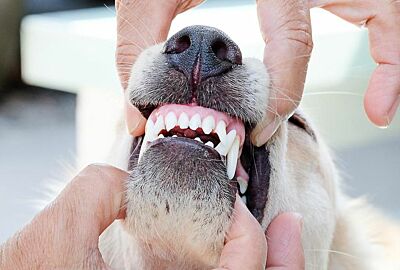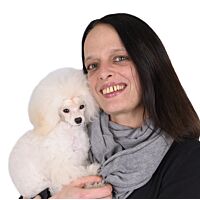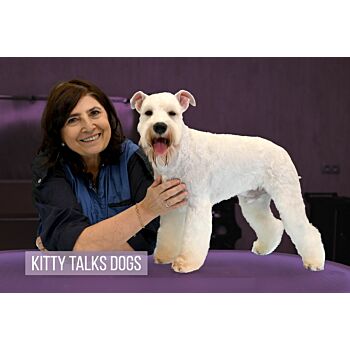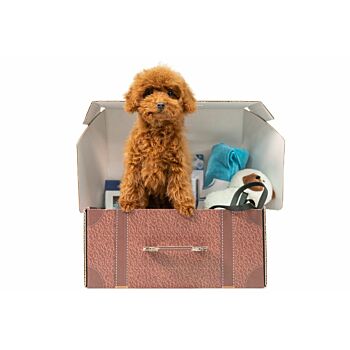You can recognize a healthy dog's mouth by the white teeth and pretty, pink gums. In our previous blog post on teeth, we explained why good dental hygiene is so crucial for dogs. Today, we are giving you tips on how best to brush your dog's teeth and how to make each cleaning as pleasant as possible for you and your four-legged friend.
Well begun is half won
Would you like the brushing to go smoothly? Then it is important to introduce your dog to the habit of teeth brushing as early as possible and preferably at a young age. Let your puppy get used to teeth cleaning gradually. A finger dental wipe or regular dental wipe is ideal for this. During the first few days, simply place your finger on the teeth when teaching. This way your pet will get used to teeth brushing and will realise that it is not scary at all. When he has gotten used to the feeling, you can rub the wipe over the animal's teeth. By starting with a wipe, your dog will feel more comfortable and you yourself will feel more self-confident. After all, with a wipe, you can really feel what you are doing.
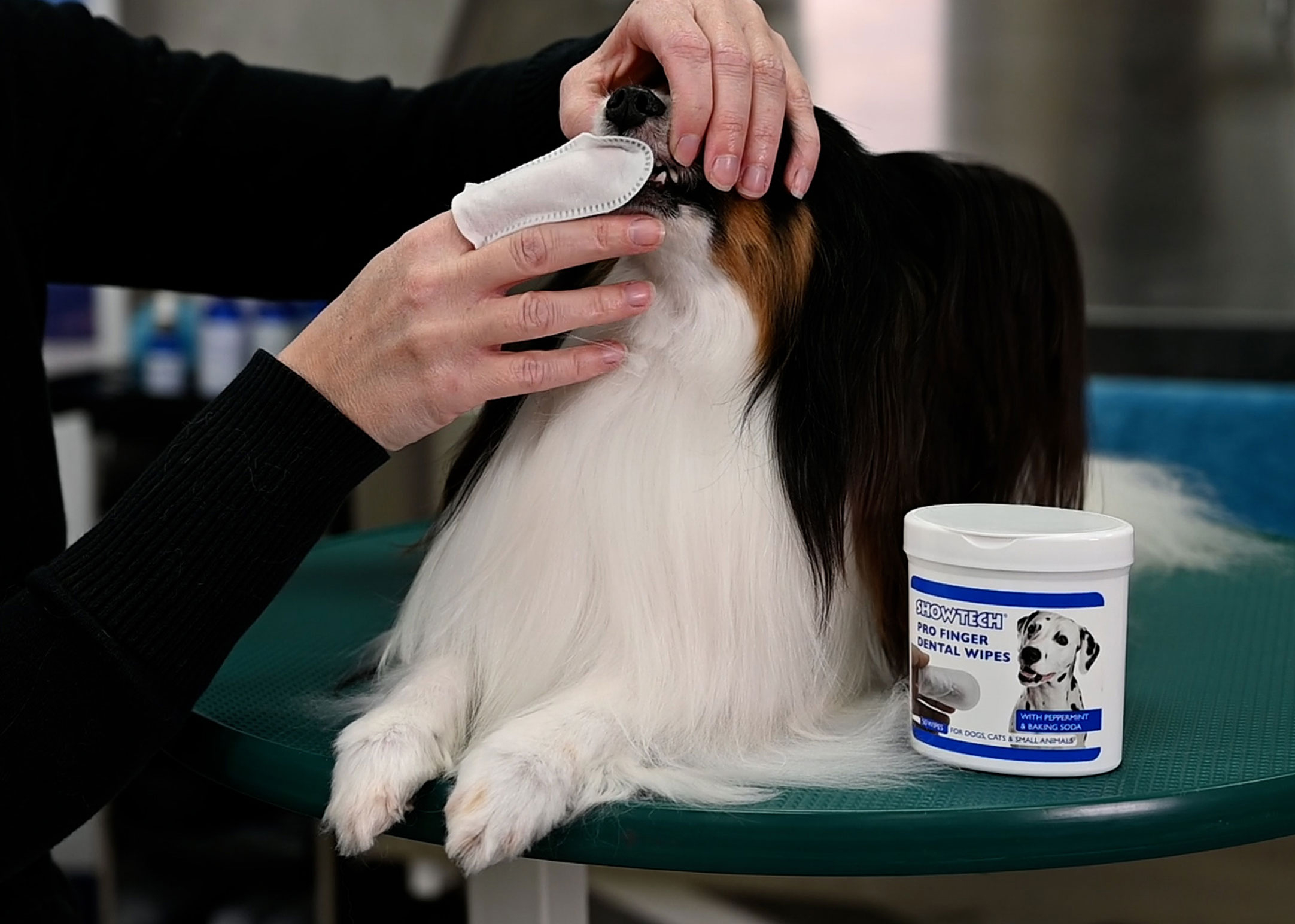
Make sure that you brush your dog's teeth in a comfortable and calm environment, especially when introducing him to brushing. If possible, place the dog on a table rather than the floor. Does your dog struggle at first? Don’t give up if it doesn’t work straight away! Make sure that the animal cannot run away. You can do this by initially starting the brushing task with two people. One person holds the dog while the other brushes its teeth. Take your time, reassure your four-legged friend and reward him afterwards. Be patient but firm. If the dog can easily run away, he will undoubtedly make a game of it, and you will be stay busy for a long time ... Has your pet been good? Then, of course, he may be rewarded with a walk, a cuddle or a toy!
How (often) to brush
Incipient dental plaque cannot be seen at first. When you rub the teeth with a teeth cleaning wipe and the wipe turns yellowish, you know that plaque is present. This plaque, also known as oral biofilm, consists of a mixture of saliva and bacteria. When a lot of plaque is produced, you get tartar. In order to prevent plaque from leading to tartar and eventually tooth problems, a good dental hygiene routine is important. There is no point in brushing the teeth once a month. Ideally, dog teeth should be brushed daily, but for many people 2-3 times a week is a better, more feasible guideline.
When brushing, it is very important that you work routinely and systematically. Always use the same routine and order so that you don't forget any spots. There are various options for brushing your four-legged friend's teeth. For example, you can use a finger toothbrush that you slide over your finger. This type of brush is shorter than an ordinary toothbrush and slightly bendable, which gives you more control when brushing. If you and the dog are really used to brushing its teeth, you can use a regular dog toothbrush.
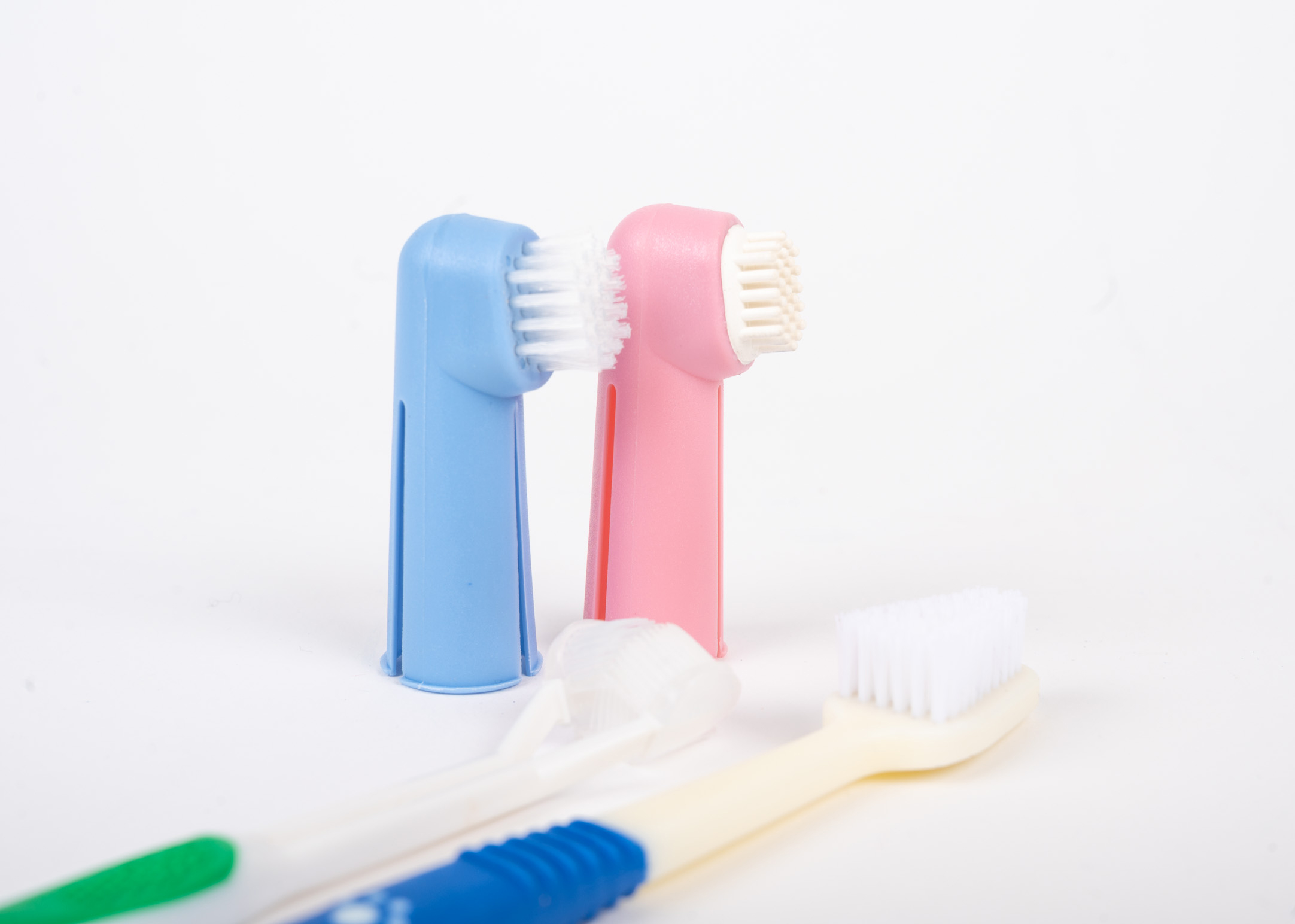
Do not use toothpaste for humans! The sodium fluoride content is too high for your dog and is toxic when swallowed. Moreover, the taste of ordinary toothpaste is simply too strong for dogs. Apply special dog toothpaste to the brush and brush the bottom and top of the mouth for half a minute (i.e., per tooth row). We recommend that the brushing should not take too long in the beginning, but that the treatment time should be gradually increased to a maximum of 1 minute (for large dogs). After brushing the teeth or in between brushing sessions, a dental spray for dogs can also be used to additionally clean, disinfect and refresh the teeth.
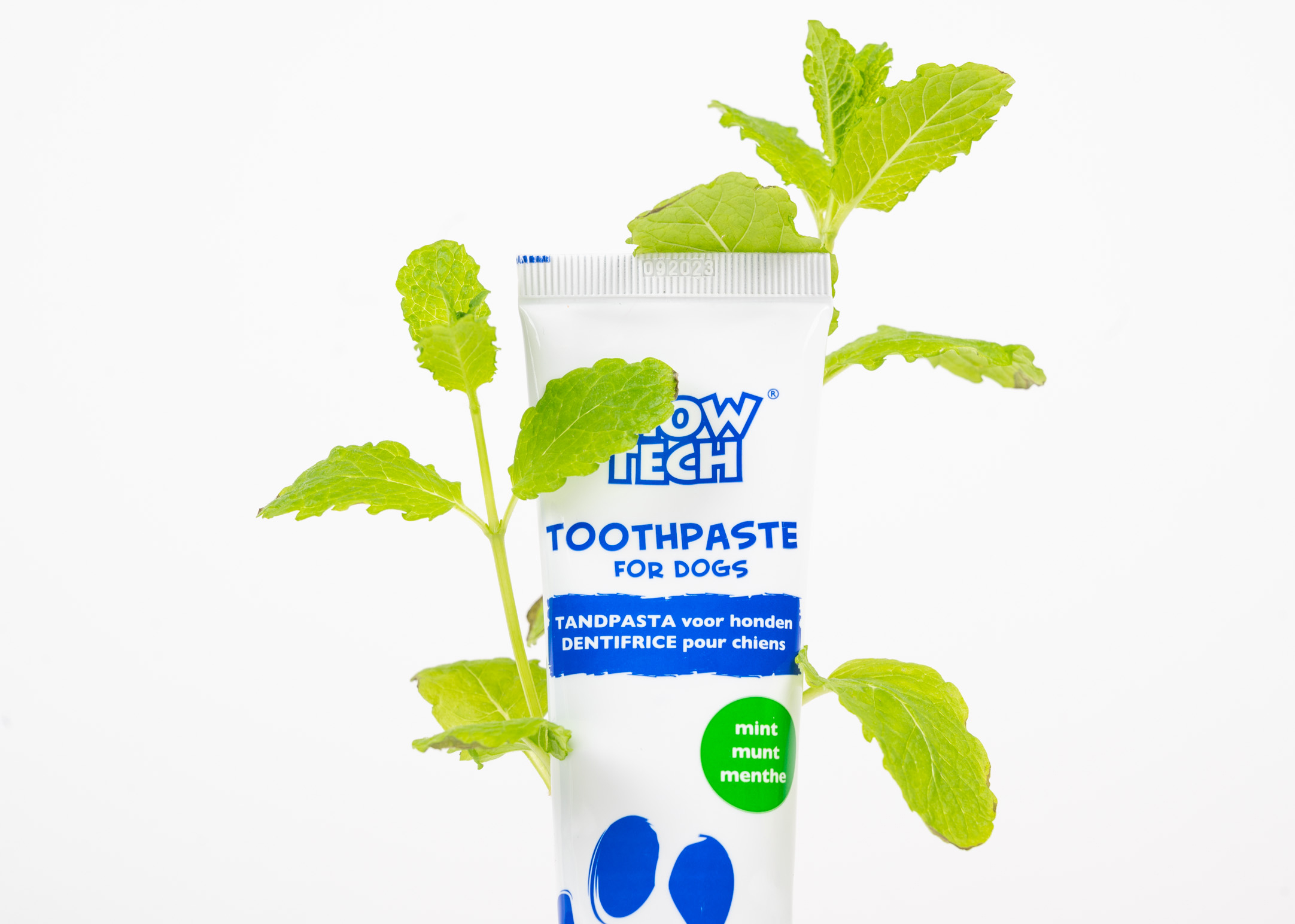
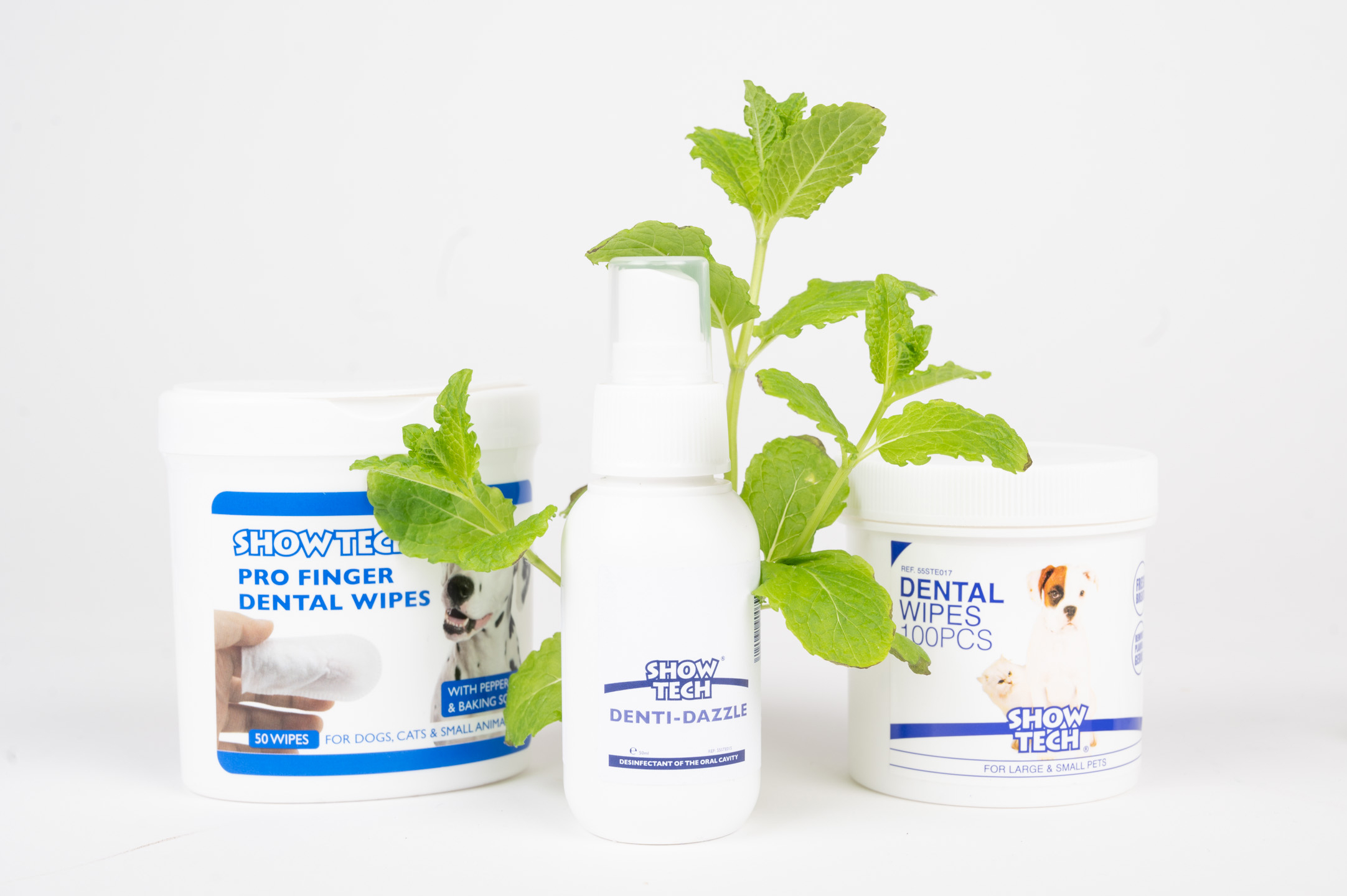
Further advice
Does your pet suffer from tartar? Then the teeth can be cleaned occasionally by means of a tooth scaler. Would you rather entrust this to a (different) professional? Then you can always contact your vet and sometimes your groomer as well.
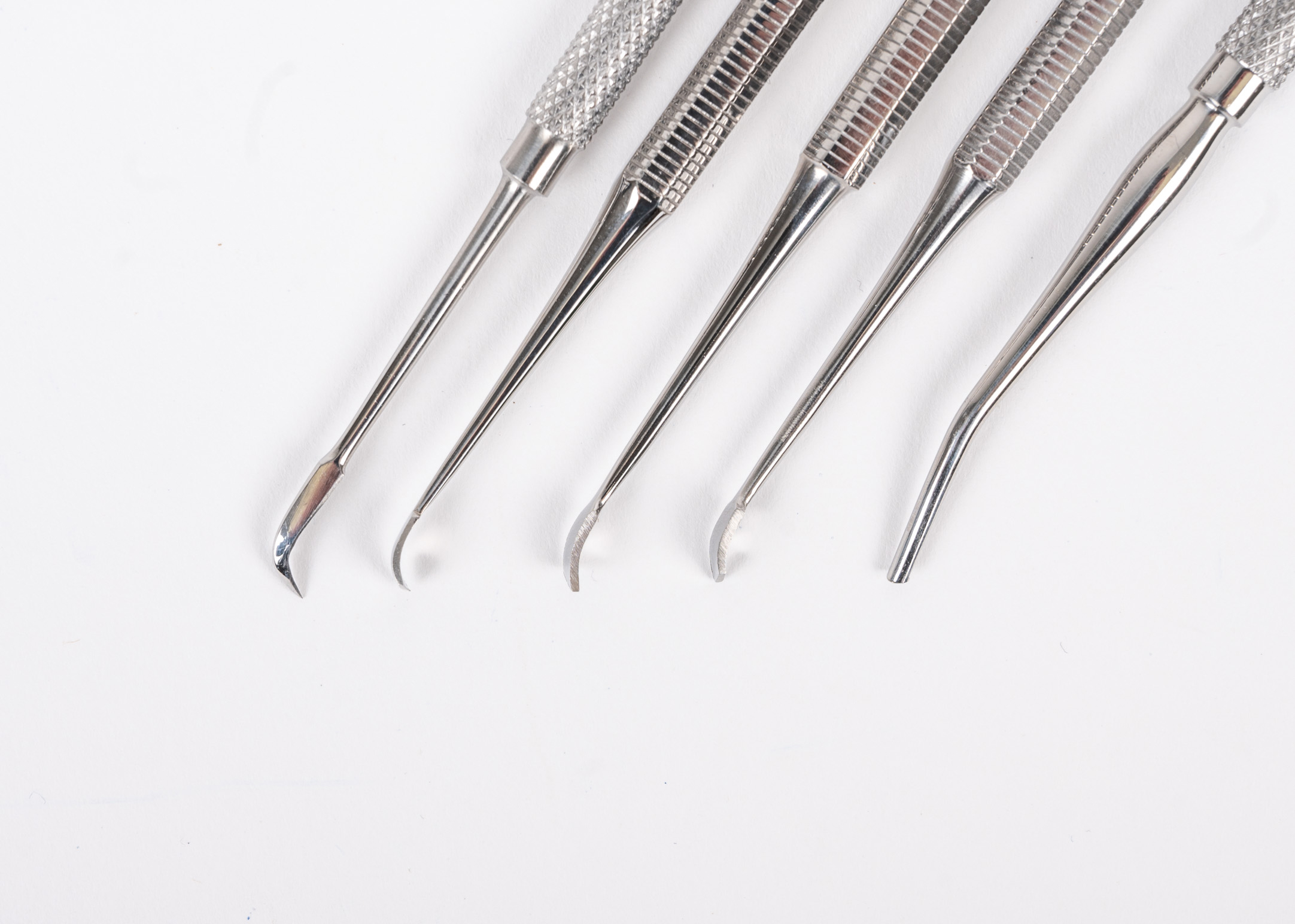
If the animal really does not allow you to take good care of its teeth, you can also go to the vet. If your four-legged friend shows signs of dental problems, such as a bad mouth odour, excessive saliva production, drooling, or pain and whining when you try to touch his mouth, you should visit your vet as soon as possible. If the animal has gum inflammation and bleeding, or a loose or rotten tooth, it is also essential to pay a prompt visit to your vet. He or she will quickly know what is going on and be able to offer an appropriate remedy.
Of course, we strongly recommend that you do some preventive dental care yourself in the first place. This means getting your dog properly used to teeth brushing, giving him the right food and brushing his teeth regularly. By following this advice, many dental problems can be avoided or prevented.
Do you still have questions after reading this article? Then feel free to contact our grooming experts. They will be happy to help you!

